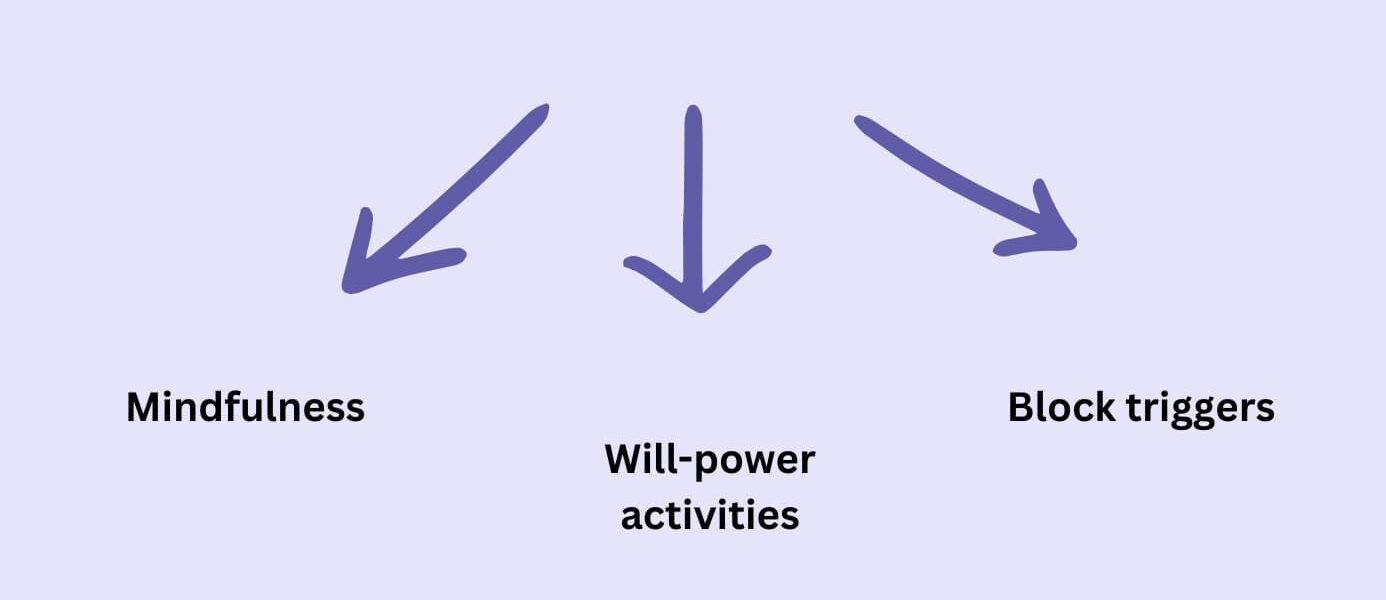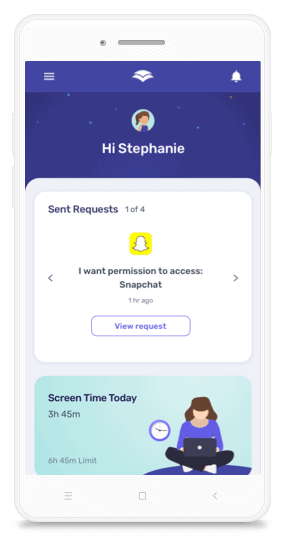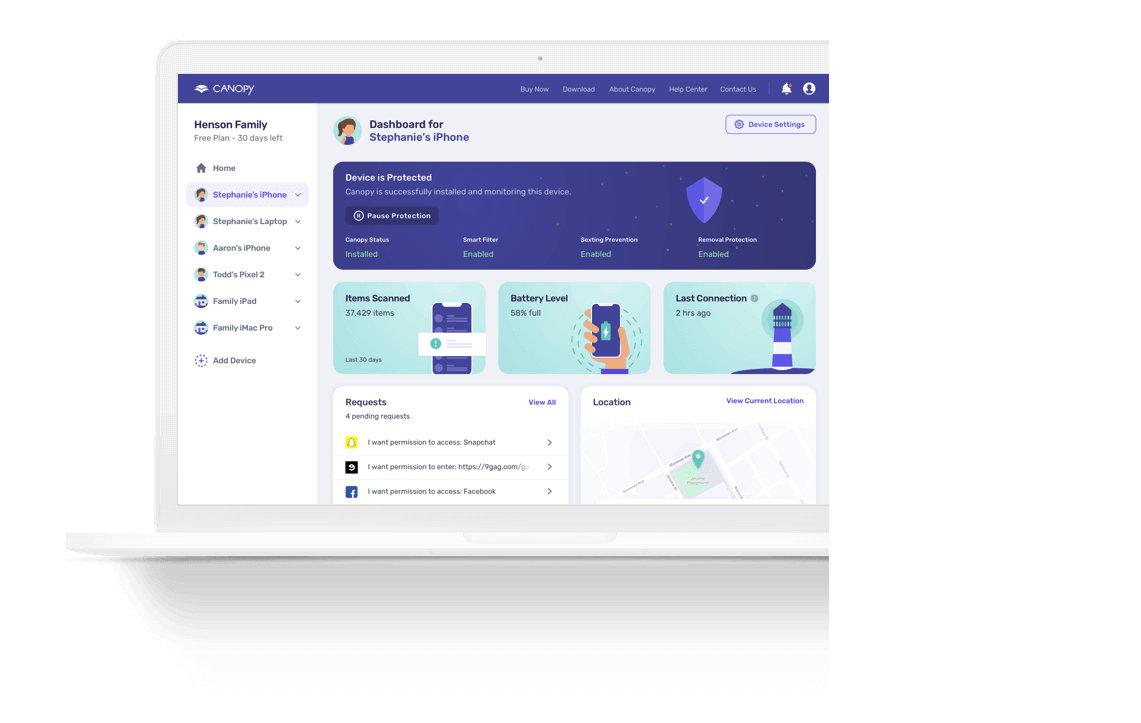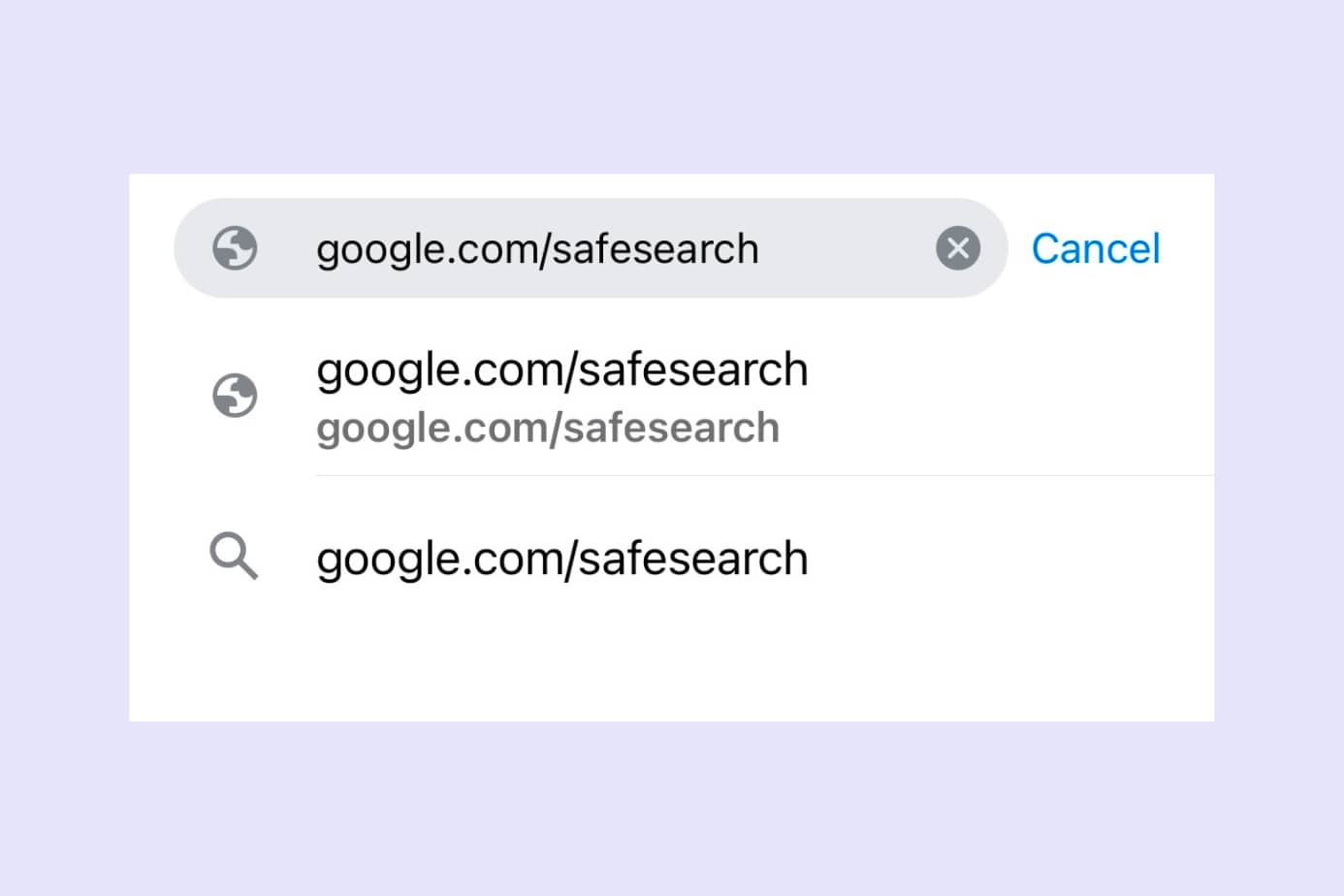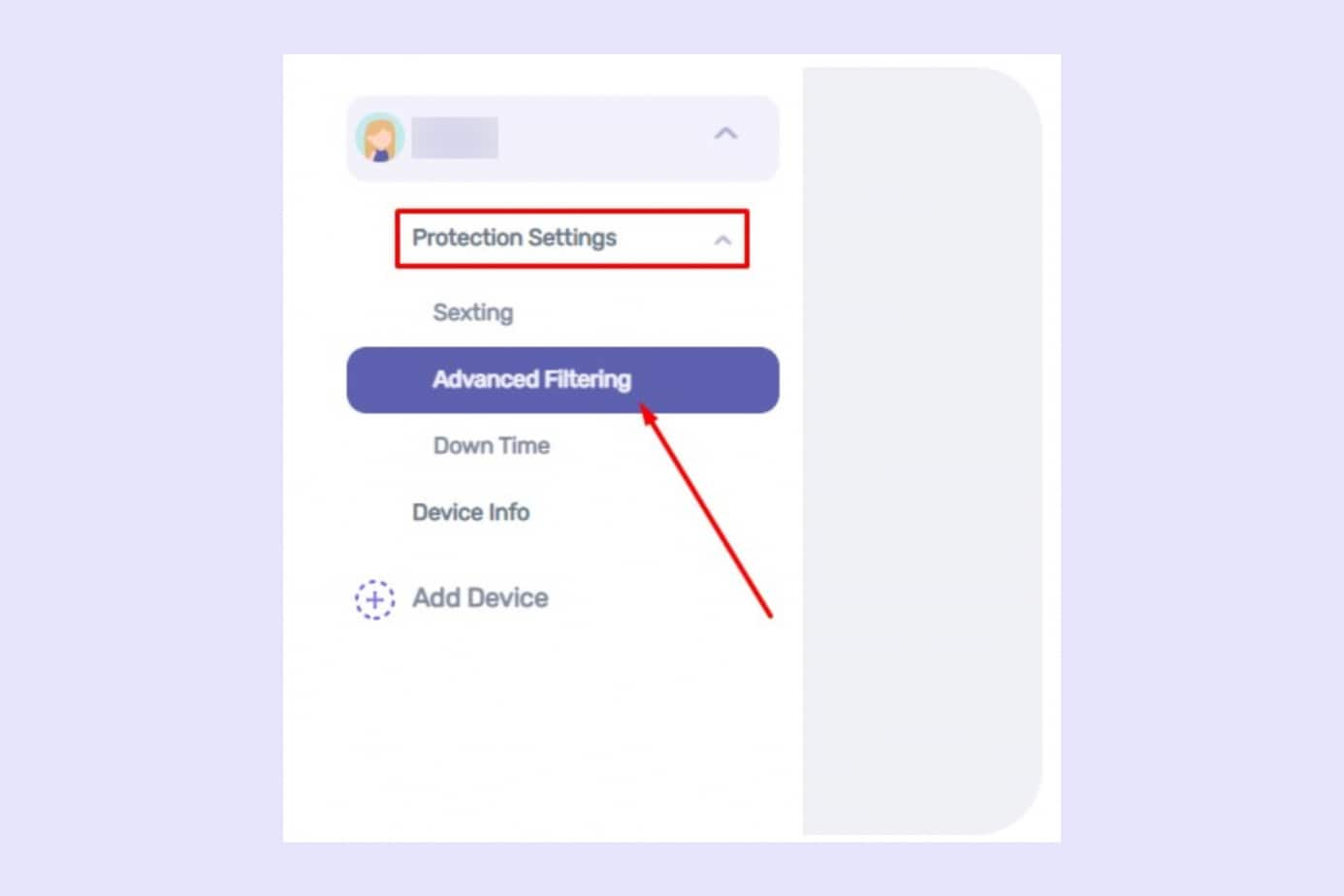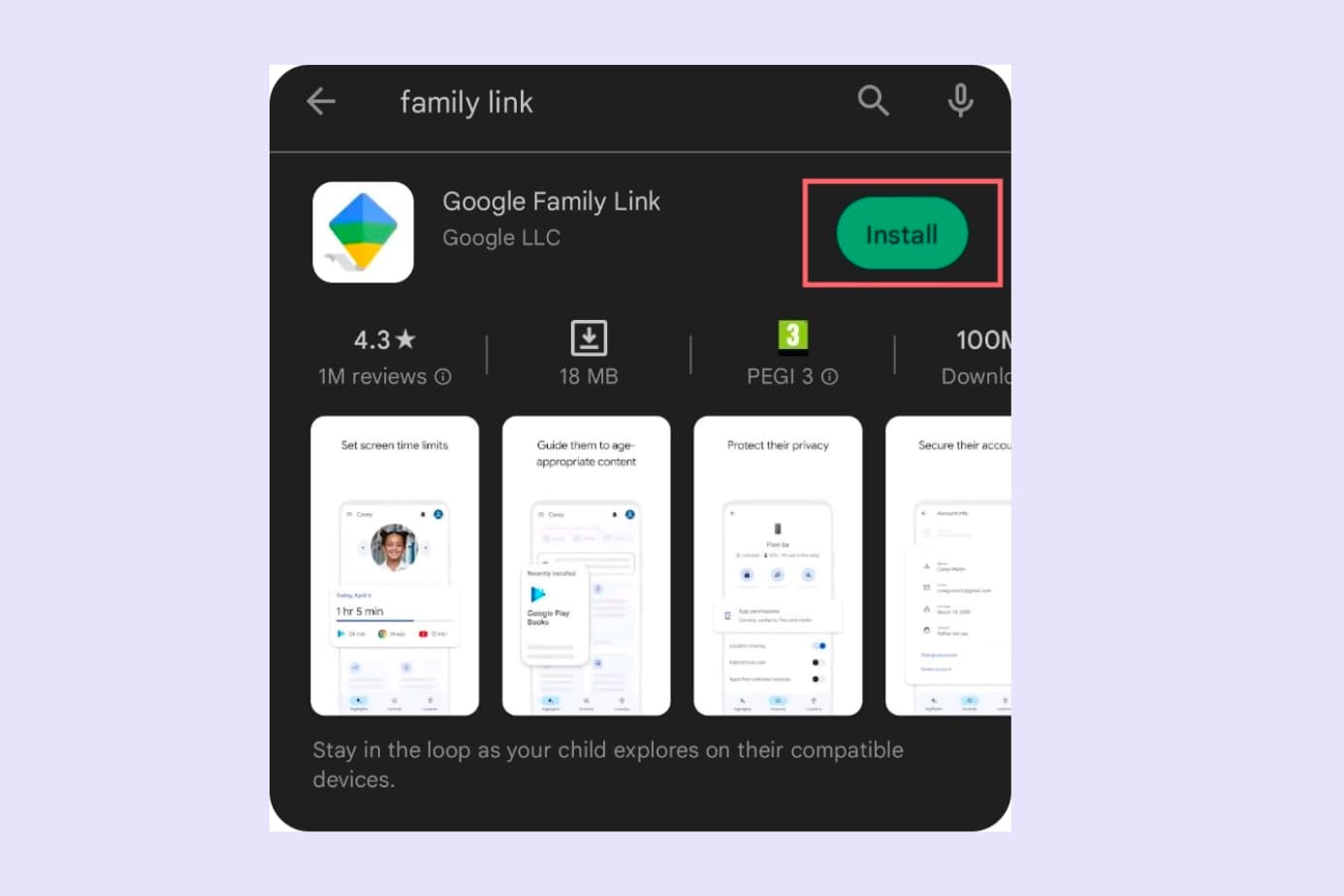If you’re trying to stop watching porn, you’re not alone — and you’re not hopeless. People choose to quit or reduce porn for all kinds of reasons: more focus, better sleep, healthier sexuality, stronger relationships, or simply wanting a digital life that reflects their values.
This guide centers on practical steps that work in the real world. You’ll learn how to map triggers, set bright-line rules, protect your devices, replace the habit, and recover from setbacks without losing momentum.
Below is a clear, actionable plan — follow all of it, or start with the pieces that fit your situation today and layer the rest over time.
Your step-by-step plan to quitting porn
1) Clarify your “why” (and write it down)
Change sticks when it’s connected to something you care about. Think about the benefits of quitting porn and what habits are getting in the way of what you truly value. Take five minutes to write down the answers to these questions: What do I want more of? What is porn getting in the way of? Put the note where you’ll see it during high-risk times (late night, alone, bored, stressed). Return to it often. If you live with a partner, agree on what “better” looks like together – more presence, transparency, and trust.
2) Map your triggers (internal + external)
List the situations, emotions, and cues that reliably precede porn use: late-night scrolling, conflict, stress, loneliness, certain subreddits or video feeds, or unstructured weekend time. Pair each trigger with one if-then plan (see Step 9). Keep it simple: two or three top triggers with matching responses are enough to start, and you can expand once those are automatic.
3) Set red-line rules you can actually keep
Vague goals invite midnight mental negotiations. Create simple rules like: “No phone in bed,” “No device behind a closed door,” “No explicit subreddits,” and “Charge my phone outside the bedroom.” Red lines reduce decision fatigue when you’re tired, stressed, or bored. Write them down and post them on your desk or mirror for the first few weeks.
4) Reduce friction as much as possible
Environment beats willpower! Remove private browsers, log out of risky sites, and block adult content on Facebook, Instagram, and Twitter to limit exposure from social platforms. Add friction where and when it matters (require a passcode for app downloads, disable the app store at night, hide default browsers). The goal is to make detours harder and healthy defaults easier. You can also set limits using your device’s screen time control app or iOS parental controls to increase friction during high-risk moments.
5) Install a real-time porn blocker on every device
Blocking should be immediate and on-page — not just a legacy domain list. Modern real-time filtering helps stop “just this once” moments and covers browser and in-app content. It doesn’t replace your effort; it protects it (more on Canopy at the end). Treat the porn blocker as part of your identity: “I’m the kind of person who protects my attention.” Consider extending protection to common loopholes, like blocking YouTube or in-app content that may bypass filters.
6) Protect your nights with a phone-free wind-down
Even when you’re not viewing explicit content, late-night screens, bright light, and stimulation can delay and fragment sleep, which increases next-day cravings. Aim for a consistent pre-bed routine: dim the lights, use an analog alarm clock, charge your phone outside the bedroom, and engage in a short ritual (such as showering, stretching, or reading). A good night’s sleep is performance-enhancing for recovery, work, and relationships.
7) Replace the habit, don’t just remove it
Stopping a habit leaves a gap. Fill it with fast, repeatable replacements:
- 1–2 minute reset: cold water on face, 10–20 squats, or a brisk walk.
- 90-second breathing: in through nose 4 sec, out 6–8 sec, repeat.
- Mini-connection: text or voice-note a friend (“Checking in—going for a walk.”).
- Mindfulness skills: notice → name → normalize → redirect.
The win isn’t “never feel an urge”. It’s “I have a script when an urge shows up.”
8) Rebuild your feeds
Even “non-explicit” nudges can reopen loops. Mute keywords, unfollow sexualized accounts, and reset feeds on apps like Pinterest, Spotify, and Google Maps that may serve unexpected content. Also, aggressively use “not interested,” and try short digital detox windows (7-14 days of curated feeds). Add accounts that point attention toward what you want more of – fitness, faith, cooking, learning, comedy. On video platforms, clear watch history so the algorithm stops recommending borderline content.
9) Use implementation intentions (if–then plans)
If–then plans link a trigger to a specific action: “If it’s after 10 p.m. and I’m alone with my phone, then I plug it in across the room and stretch for five minutes.” These plans are small, specific, and powerful, and they pair well with your bright lines and replacements. Keep two default plans on a sticky note where you usually lapse.
10) Script your high-risk windows
When do lapses happen? Late at night, work-from-home breaks, or during moments of boredom when you’re wondering why people watch porn or asking yourself is porn bad? Create mini-protocols:
- Late night: lamp, book, tea; phone outside the room.
- WFH midday dip: 10-minute walk + protein snack.
- Travel: download clean playlists/podcasts; use data blockers; hotel TV off by default.
11) Choose accountability that fits your values
An accountability buddy, small group, or counselor helps when you’re stressed or tired. Set norms: what to share, how fast to respond, and what happens after a lapse (no shame, quick regroup, concrete next step). If you choose a peer, make it specific and scheduled (example- two five-minute check-ins per week).
12) Consider therapy (especially if porn is a coping tool)
If porn in relationships is masking anxiety, trauma, or emotional distance, or if you’re concerned about porn addiction in women, therapy accelerates progress. Cognitive behavioral therapy (CBT) skills – thought tracking, cognitive reframes, exposure/response prevention, coping plans – are practical and teachable. If your pattern looks like persistent difficulty controlling use across months despite harm, talk to a clinician about options and assessment. Professional support is a strong move.
13) Track tiny wins (not just streaks)
Streaks motivate until they don’t. Track behaviors you control: “blocked a site,” “texted my buddy,” “took a walk,” “turned phone off at 10:30.” Use a simple urge log to understand triggers – like OnlyFans addiction or kids watching porn – and match them with proactive steps.: time, trigger, action taken, outcome. You can also use a parental control app to block distractions or test different text monitoring apps to review late-night browsing. Review weekly to find your two biggest trigger patterns and pick one change for the coming week.
14) Build identity-based habits and morning anchors
The strongest habits are about who you are, not what you avoid: “I’m the kind of person who protects my attention.” Morning anchors (movement, prayer or mindfulness, journaling, planning the day) create a baseline that resists late-night spirals. Anchor habits make habit formation feel realistic instead of heroic.
15) Create a relapse-proof recovery loop
Slips happen; your response is what matters. Use a three-step loop:
- Reset fast: move, hydrate, sunlight, brief breathing.
- Reflect light: what trigger, what time, what emotion?
- Re-plan: edit one environment rule and one if–then plan for the next 24 hours.
Shame keeps people stuck, while curiosity moves you forward.
16) Customize your “give up porn” toolkit
(This is also your “quit pornography” toolkit.)
You don’t have to use everything at once. Combine: blocking + sleep rules + if–then plans + replacements + one accountability touchpoint + one weekly review. That’s a resilient starter kit – then iterate. If you live with others, agree on shared device rules and a simple code word when you need help.
17) Clean up cues in your physical spaces
Cluttered desks, closed-door rooms with strong Wi-Fi, and solo late nights can all be cues. Change your environment: work in shared spaces when possible, remove extra screens, keep doors open, put a plant and a paper book near your favorite chair. Tiny environmental tweaks lower the odds of drifting into old patterns.
18) Strengthen lifestyle levers that blunt cravings
Cravings are louder when you’re underslept, under-moved, or under-fed. Protect sleep, get daylight in the morning, and eat regular meals with protein. Move your body daily – even 10 minutes counts. These levers don’t eliminate urges- they lower the volume so your plans can work.
19) Make weekends intentional
Weekends often have unstructured time. Put “anchor plans” on your calendar by Friday: a long walk, gym, coffee with a friend, errands, a movie night away from your phone. If evenings are slippery, plan device-free activities after dinner—games, reading, call a friend, batch-cook, or prep for Monday.
20) Audit quarterly
Every 90 days, do a quick audit: refortify devices, reset passwords, unfollow/mute, tidy watch histories, and revisit your bright lines. Celebrate progress. Then decide on one small upgrade for the next quarter (examples- “phone charges in kitchen,” “Friday night long walk,” “new accountability partner”).
“The idea is you need to cut out your ability to even access triggering content when you get an urge” (“Men of Reddit who have successfully Quit porn”).
Tips to quit porn (quick reference)
- Write your why and keep it visible during your riskiest hours.
- Two triggers, two plans: start with a pair of if–then rules you’ll actually use.
- Phone-free wind-down: make sleep your recovery superpower.
- Real-time blocker on every device: remove the “just this once” option.
- 30–90 second replacements: walk, breath work, water on face—fast and repeatable.
- One buddy: scheduled check-ins beat vague promises.
- Review weekly: adjust one thing, not everything.
From urge to action: a 60-second playbook
When a craving hits, you don’t need a debate—you need a script. Try this micro-sequence:
- 0–10 seconds: stand up, say out loud “Not today,” and walk to another room. Movement breaks the loop, especially if you’ve already struggled with how to block porn on your phone but still find yourself reaching for it during high-risk moments.
- 10–30 seconds: run cold water on your face or hands and take two slow exhales. This down-regulates arousal and buys you time.
- 30–45 seconds: text a code word (“HELP” or a single emoji) to your accountability person or drop a check-in note to yourself in a private journal app.
- 45–60 seconds: do your pre-chosen replacement (pushups, a quick hallway walk, or a two-minute tidy). Then change the context—lights on, music on, sit somewhere new.
If the urge returns, repeat the sequence without commentary. One pass won’t always “cure” the urge, but two or three passes almost always carry you past the peak. If you’re supporting a teen or child, this playbook also reinforces tech boundaries like how to block apps on iPhone or set up Snapchat parental controls after a lapse.
14-day starter plan (plug-and-play)
Day 1: Install the real-time blocker everywhere, write your why, and set two red-line rules.
Day 2: Build your phone-free wind-down and decide your bedtime.
Day 3: List top two triggers + two if–then plans. Put them on a sticky note.
Day 4: Rebuild feeds: mute, unfollow, clear watch history.
Day 5: Identify one accountability person and set two weekly check-ins.
Day 6: Choose two replacements (walk + breathing). Practice both once, even without an urge.
Day 7: Review wins, edit one friction point on your devices, and make sure settings like Discord parental controls or Netflix restrictions are still intact.
Day 8: Add a morning anchor (movement + plan the day).
Day 9: Script one high-risk window (late night or WFH break).
Day 10: Try one social or community activity after dinner – keep the phone away.
Day 11: Practice the 60-second playbook once on purpose.
Day 12: Tidy your physical space. Remove one extra screen or cable.
Day 13: Prepare a weekend anchor (hike, gym, brunch with a friend).
Day 14: Do a 10-minute review. Celebrate progress and choose next week’s one tweak.
Device setup checklist (make the easy thing obvious)
You’ll be amazed at how much these small changes do:
- Phones: remove private browsers, restrict app installs at night, and learn how to block YouTube on iPhone or on Android if it’s being used for explicit content.
- Computers: use a standard account (not admin), block access to system settings with a strong password, pin your work apps to the taskbar, and hide the default browser.
- Wi-Fi & networks: change router admin passwords, turn on DNS-level filtering, and explore how to block websites on your router or block YouTube on a computer to prevent unmonitored access.
- Shared spaces: keep doors open during solo screen time and place an analog book or puzzle within arm’s reach to redirect without thinking.
Your environment is a standing promise to your future self.
Work-from-home boundaries
At home, boundaries blur. Use three boxes: Focus (clear start/stop, no phone at the desk), Recovery (movement breaks + real lunch), Evening (device-free dinner, short walk, wind-down). A simple “close laptop → tidy desk → step outside” ritual marks the end of work and prevents drift into late-night scrolling. Tech friction isn’t just for teens – adults can use tools like blocking YouTube on Safari or limiting content on TikTok to avoid midday scroll spirals.
Metrics that matter
Track inputs you control (sleep, movement, meals on time, replacements used, check-ins sent) and the context (time, place, device). Note wins (kept red lines, spotted a trigger early), and log environmental wins too — like using Peacock parental controls or Windows 10 parental controls to reduce exposure. Review weekly and choose just one lever to improve next week.
Scripts for rebuilding trust with a partner
Use prompts that reduce blame and increase clarity:
- Impact: “I see how my behavior has affected you and us. I’m working on consistent change.”
- Support: “Let’s keep phones out of the bedroom for two weeks—okay?”
- Progress: “Here’s what worked this week and what I’m changing next.”
When to seek professional help
Consider professional support if you recognize any of these patterns:
- You’ve tried self-directed changes several times and keep returning to the same loop.
- Use is escalating or interfering with work, school, or relationships.
- You feel out of control despite clear intentions to stop.
- Porn has become a go-to response to trauma reminders, panic, or depression.
A therapist can help you map the drivers, practice coping skills, and coordinate care if anxiety, ADHD, or mood disorders are involved. If attachment injuries or betrayal have rocked your relationship, couples work can stabilize the foundation while you change your daily system.
Myths & facts about quitting pornography
- Myth: “If I were stronger, I could just quit.”
Fact: Environment design beats raw willpower. People who succeed remove triggers, add blockers, and build routines – especially important for teens, given the ongoing debate about whether porn is bad for teens. - Myth: “I have to feel motivated first.”
Fact: Action creates motivation. Tiny wins (plugging the phone in the kitchen, taking a walk) build momentum and self-trust. - Myth: “I blew it once; the streak is ruined, so why bother?”
Fact: A lapse is data. Treat it as feedback for your next 24-hour plan and get back to your system quickly.
How long does it take to quit porn?
There’s no one answer to this. Habit research suggests new, automatic routines tend to form over weeks to months, with wide variability by behavior, frequency, enjoyment, and context.
Many people feel a meaningful turning point around weeks 6-8, especially when paired with a clear understanding of what porn does to the brain, as routines become identity-forming: the phone stays out of the bedroom without feeling like a fight, the walk happens before scrolling, and the the if-then plan kicks in automatically.
A helpful way to think about the timeframe is in layers:
- 2–4 weeks: acute adjustment—cravings and mood swings peak and then ease as you stabilize sleep and eliminate obvious triggers.
- 1–3 months: functional reset—more consistent focus and energy, fewer escalations, replacement routines start to run on their own.
- 3–6+ months: deeper rewiring—triggers lose charge; intimacy, creativity, and everyday enjoyment grow.
Your pace depends on baseline use, stress, sleep, support, and how well your environment matches your values. You’re not aiming for perfection, but for a repeatable process that carries you through tough weeks and travel days.
How hard is it to quit porn?
Difficulty is real – and it’s not a moral verdict. Several factors can raise the slope:
- High-novelty loops. Infinite feeds and constant novelty train attention to seek short, stimulating hits.
- Sleep debt. Late-night screens and poor sleep inflame cravings the next day.
- Negative reinforcement. If porn has been your fast escape from stress, anger, or loneliness, your brain learned a reliable loop.
- Compulsivity (for a subset). Persistent difficulty controlling use despite harm calls for professional support and a more structured plan.
- Relationship context matters – especially in cases where individuals are questioning if watching porn is cheating and how to rebuild transparency.
The upside: every factor above has a counter-strategy in the steps you just read – sleep rules, blockers, if–then planning, replacements, therapy, and accountability. When you stack them, quitting becomes less about white-knuckling and more about design.
How to quit porn forever
“Forever” happens one well-designed day at a time. Think maintenance, not marathons:
- Keep the layers in place (blocker, bright lines, if–then plans), even when things are going well.
- Quarterly audit: unfollow, mute, re-secure devices, rotate passwords, review the two triggers that returned.
- Protect sleep with your phone-free wind-down; sleep is your cheapest recovery tool.
- Invest in replacement rewards: lifting plan, running group, faith or volunteer community, instrument lessons—anything that gives you rhythm and progress.
- Review your identity: “I’m a person who protects my attention and my relationships”, and who seeks healthier alternatives to porn when stress hits.
- Expect stress spikes: deadlines, travel, conflict. Have a “storm plan” ready (earlier bedtime, extra check-ins, stricter device rules) so a rough week doesn’t become a rough month.
If you’re asking how to give up porn and keep it that way, make your environment the hero: well-placed guardrails eliminate most of the fights you used to have with yourself.
Best way to quit porn
The best way to quit porn isn’t one hack – it’s a stack that works together:
- Real-time protection (a modern blocker on all devices).
- Sleep rules (phone-free wind-down, screen limits, consistent bedtime).
- Implementation intentions (if–then plans) for top triggers.
- Replacements you can do in under 3 minutes.
- Accountability that actually checks in.
- Therapy when porn is a coping tool or you see compulsive patterns.
- Quarterly maintenance (rebuild feeds, audit devices, reset goals).
Canopy for Adults is built for step #1. Instead of relying on outdated domain lists, Canopy uses real-time AI filtering to detect sexual imagery on all websites and block it on the spot – so you can focus on your goals, not your guardrails.
Features like smart app blocking, content scanning, cross-device protection, and customizable settings help you keep your plan intact during the moments that matter most.
Quick-start recap (for skimmers)
- Write why you want to give up porn.
- Map two triggers and add two if–then plans.
- Install a real-time porn blocker on all devices.
- Phone-free wind-down to improve sleep.
- Two fast replacements for urges (walk + breathing).
- One accountability touchpoint per week.
- Review and adjust every Sunday.
- Repeat. Progress > perfection.
FAQ
How to stop watching porn?
Start by identifying your triggers (late nights, boredom, stress) and creating immediate alternatives like movement, journaling, or calling a friend. Use content filtering tools like porn blocking apps to prevent access during vulnerable hours.
What are the best tips to quit porn?
Some of the best tips to quit porn include:
Set clear boundaries (e.g., “No explicit content after 9 PM”)
Install a porn blocker to reduce temptation
Replace the habit with healthier activities
Track your progress and reflect on slips without shame
Involve one trusted accountability partner or therapist
How to quit porn forever?
To quit porn forever, focus on sustainability over perfection. Build a system that includes environmental changes (like device controls), emotional support, and practical tools. Use blockers, create tech-free bedtime routines, and stay consistent – even after setbacks.
How to give up porn gradually?
Yes – giving up porn gradually works for many. Begin by reducing frequency and narrowing access (e.g., avoid specific apps or times). Over time, replace the habit with consistent alternatives like walking, yoga, or social interaction.
Is it possible to quit pornography for good?
Absolutely. Many people have quit pornography long-term by combining therapy, habit replacement, and blocking tools. The key is building an environment that supports the change – even when willpower is low.
What’s the best way to quit porn?
The best way to quit porn blends tech, behavior, and mindset. Set up blockers like Canopy, track your patterns, and find non-judgmental support systems. A habit formed through repetition can be unlearned with structure and compassion.
